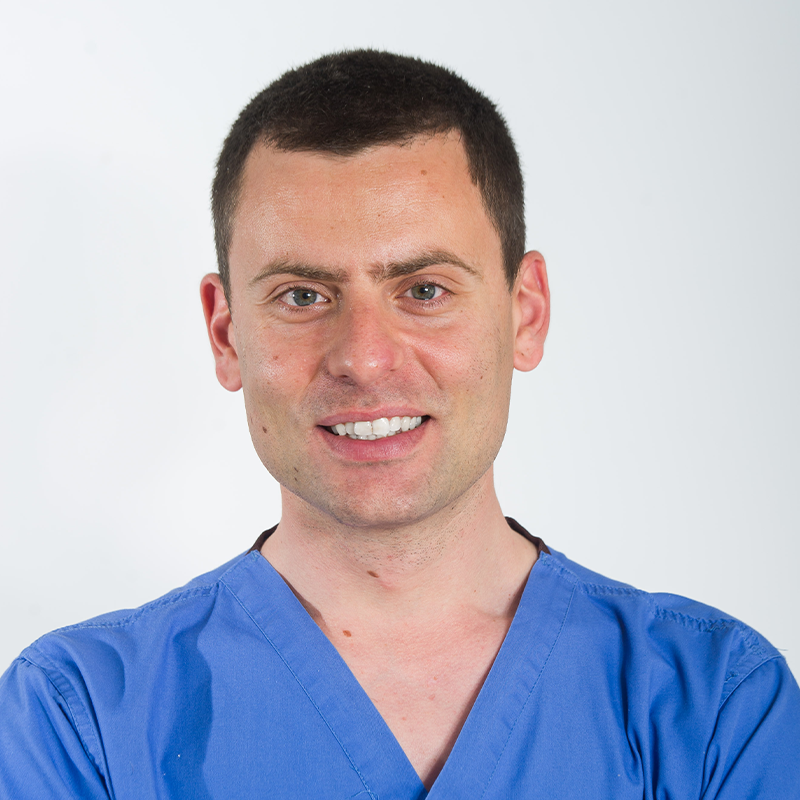Project Description
A Simple Guide to Prosthodontics
Prosthodontics deals with the restoration of natural teeth and the replacement of missing teeth and surrounding tissue with fixed or removable prostheses. These could be crowns, bridges, veneers and dentures alone or in combination. Dental implants are often employed in treatment.
- A prosthodontist treats the replacement of missing teeth with a variety of prostheses.
Prosthodontics involves the fabrication of fixed and removable prostheses, devices used to correct maxillofacial defects, and dental implants which result from tooth loss.
- The different types of fixed prostheses include crowns, bridges, dentures and veneers.
- Dentures can be used to replace groups of missing teeth or complete arches.
Prosthodontics involves the employment of dental implants to achieve treatment goals.
What is prosthodontics?
Prosthodontics is a specialised branch of dentistry which treats the replacement of missing teeth, and surrounding bone and gum tissue, with fixed or removable prostheses. These include dental crowns, bridges and dentures.
A dentist who is specialised in this area is known as a prosthodontist. These clinicians receive several years of additional training after dental school and may choose to practice one of the subspecialties within the broader field of prosthodontics.
Types of prosthodontics
There are four major sub-specialties in prosthodontics:
Fixed prosthodontics
Fixed prosthodontics deals with the restoration of teeth using a variety of prostheses that are fixed into the patient’s mouth. These are made in a dental laboratory by a qualified technician after taking impressions, also called moulds, of the teeth.
The different types of fixed prostheses are also known as “indirect restorations” and can be used to repair one tooth or several, as well as the small spaces in between.
The main types of prosthesis used in indirect restoration include:
Removable prosthodontics
Removable prosthodontics relates to the replacement of teeth and soft tissues with non-permanent prostheses, commonly known as dentures.
entures come in two types: those used to replace groups of missing teeth (partial dentures) and those that replace a full arch (complete dentures). Both types can be made of plastic or a combination of plastic and metal.
Maxillofacial prosthodontics
Maxillofacial prosthodontics is concerned with the fabrication of prosthesis to treat congenital or acquired defects in the mouth or face. Congenital defects usually include cleft lip and palate, while acquired defects may originate from cancer in the mouth or face, or following neurological conditions such as stroke.
Dental implants
Implants are artificial devices, usually consisting of titanium screws, that are placed in the jaw to hold single or multiple teeth. Find out more about dental implants here
Useful information
Click on the links below for more information about prosthodontics.
- What is prosthodontics (European Prosthodontic Association)
- Information about prosthodontics for patients (British Society of Prosthodontics)



